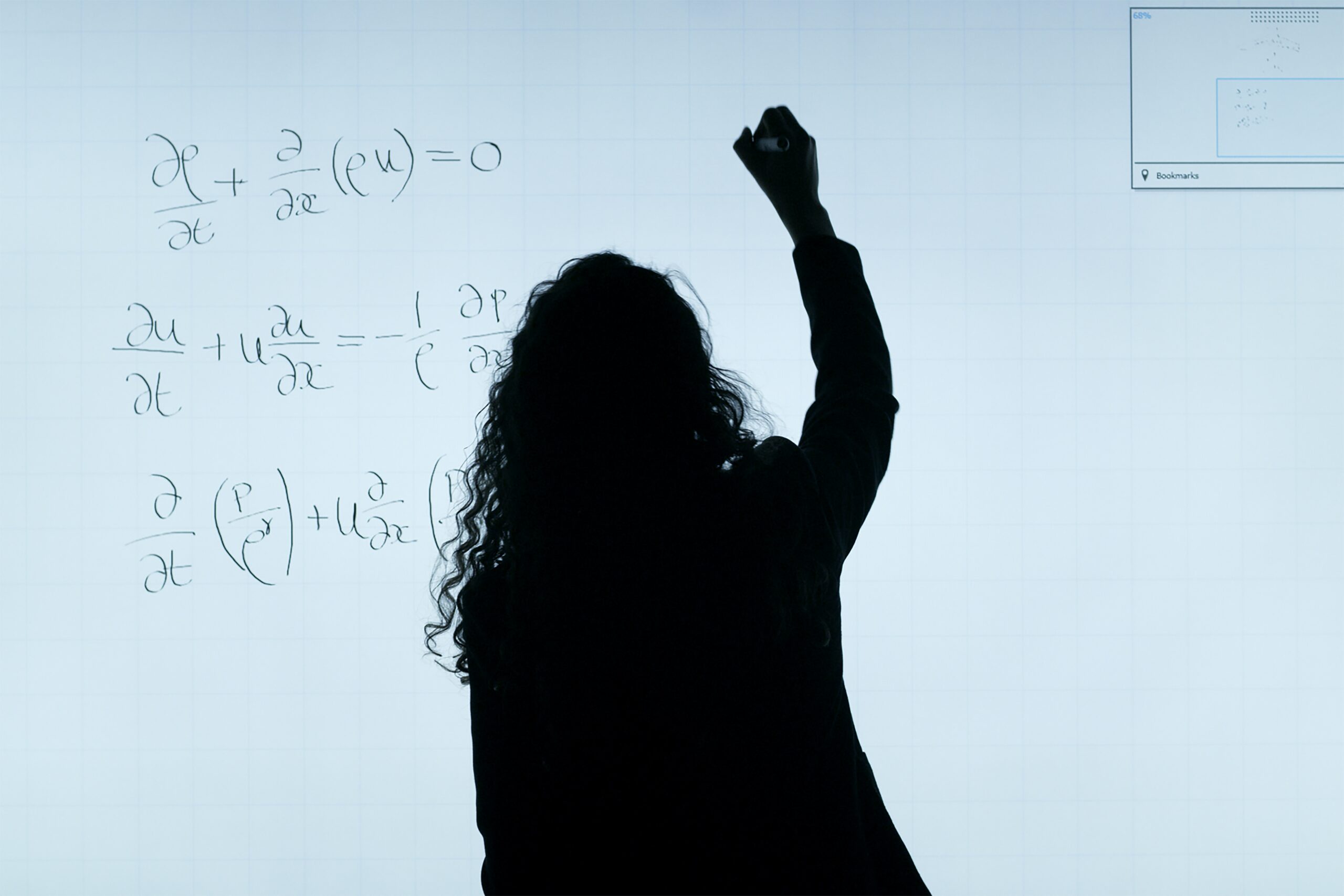Supervised Learning name suggests that work under some supervision i.e. data used for training is labeled. In case when you have no label dataset then here the role of unsupervised appears. As the name suggests that training without any supervision. However, the dataset is more important than choosing any machine learning model. Preprocessing is also another important aspect of it.
In unsupervised learning, the machine trains itself only through similarities because there is no past/previous knowledge of given information.
How Does Unsupervised Learning Work
It works to find out the patterns in the dataset, as there is no label in the case of unsupervised. So the unsupervised learning technique uses to find out the similarities between them. Same & different patterns make classified called clustering.
Why We Use Unsupervised Learning
Most of the time when you have image datasets in your training and testing phase then you see images where the machine does not know the features. Feature extraction is most important which it is helpful for testing unseen datasets, unsupervised play its role here. For more, see the diagram below:

The machine will see the dataset and interpret it with the model (deep learning) and then the algorithm will work here for processing. However, you can see the last section of the image that is learned in the algorithm. CNN (Convolutional Neural Networks ) are widely used for image processing, computer vision, and video analysis.
Is Deep Learning Unsupervised?
Not at all, deep learning structure is far far different than traditional machine learning and unsupervised learning is a type of machine learning. Deep learning comprises of billion os perceptron (motivation from neurons of the brain) that together make a pattern to understand the patterns.
Also Read: Can a Software Engineer Become a Machine Learning Engineer
